Last Updated on November 26, 2025 by Emma Fajcz | Published: February 28, 2020
The Lisbon airport is a 30-minute metro ride from the city center. So is it worth going into Lisbon on a layover? The short answer is absolutely!
But we’d be lying to you if we didn’t say you have to do a little planning. Making the most of a layover in Lisbon means you’ll have to prioritize your sightseeing. And, yes, of course, you can have a pastel de nata no matter how long you’re staying.
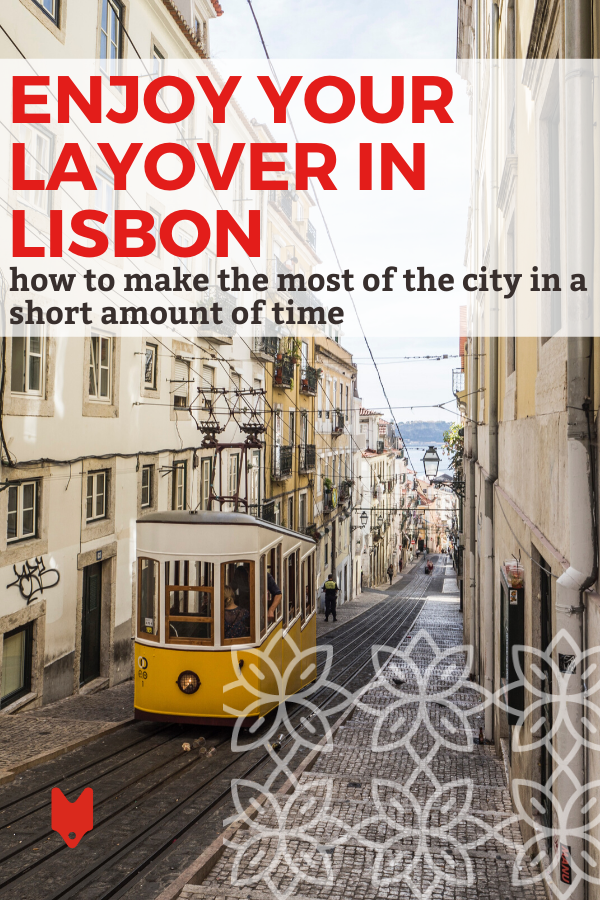
Two hours: visit the east side (Oriente)
By metro, the airport is three stops away from the Oriente station (less than 10 minutes). The eastern side of Lisbon, once an industrial wasteland, became the site of the Expo 1998. And although the international fair ended more than 20 years ago, that’s what a lot of the locals still call it. But officially, the name of this urban park full of contemporary architecture is Parque das Nações.
It’s a short pit stop, but there’s enough time to see the mighty Tagus River and the Vasco da Gama Bridge, Oriente Train Station (designed by Santiago Calatrava), and the Oceanarium. And take whatever extra time you have left to admire the artistic use of glazed tile (azulejo) in the metro stations on your way back to the airport.
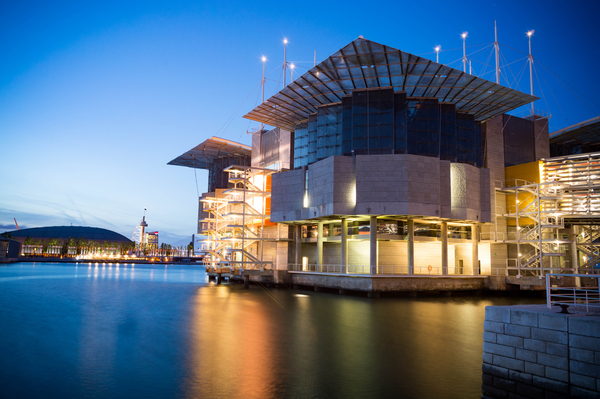
Four hours: Alfama self-guided walking tour
Four hours in Lisbon is a pretty decent window to explore Lisbon’s most picturesque neighborhood: Alfama. Hop on the metro at the airport (red line) and switch to the blue line in São Sebastião. Where to get off the subway is up to you.
The Terreiro do Paço stop is closest to Casa dos Bicos, Campo das Cebolas, and the medieval cathedral (Sé de Lisboa). Santa Apolónia gets you closer (after an uphill walk) to the National Pantheon, Feira da Ladra (the flea market on Tuesdays and Saturdays), and the street leading up to the Graça neighborhood.
Both possibilities lead you into narrow streets, colorful houses, tiled facades, and opportunities from seeing Lisbon from the top. The views are always worth the climb uphill.
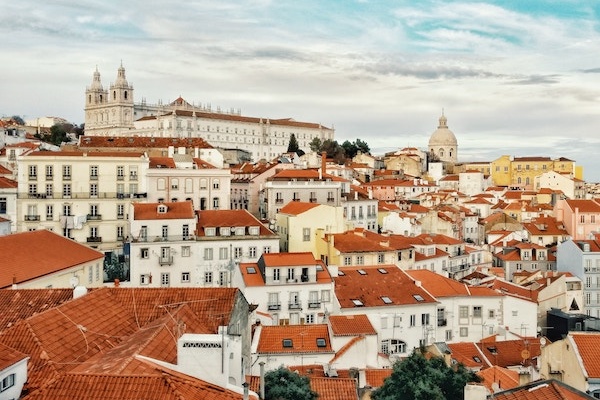
Six hours: Bairro Alto, Chiado, and Baixa (shopping optional)
With six hours in Lisbon, you’ll need to be strategic. It’s possible to fit in three of the city’s most famous neighborhoods: Bairro Alto, Chiado, and Baixa. But, if you feel you’re rushing it, wake up and smell the coffee (and freshly baked pastéis de nata at Manteigaria).
You can take the metro from the airport to Restauradores (switch from the red line to the blue line in São Sebastião), take the Glória funicular up to São Pedro de Alcântara, see part of Baixa from the top, explore Bairro Alto, and walk down Rua da Atalaia towards Chiado. Shop at Rua Garrett if you have the time, or head down to Praça Restauradores to admire one of Lisbon’s most beautiful calçada portuguesa patterns.

Eight hours: tram tour and a neighborhood of your choice
It might not feel like it, but you could cover a lot of Lisbon in eight hours. Start with a tram tour of the historic center. Just make sure it’s not tram 28 because it’s public transportation, not a tourist attraction, no matter what your guidebook says. Locals have been struggling to reclaim access to a tram they desperately need to cross town, but that’s always packed with tourists. Spread the word! The more travelers know about this, the better.
Paid tram tours (red trams) depart from Praça do Comércio every 25 minutes starting at 9:30 a.m. Take the metro from the airport, switch to the blue line in São Sebastião, and get off at Terreiro do Paço. The refurbished trams follow a similar route as number 28, which includes Alfama, Bairro Alto and Chiado, before returning to the starting point.
From Praça do Comércio, with your back to the river (do say hi to the Tagus before leaving, though), choose to go either left (Cais do Sodré), right (Alfama), or straight ahead (Rua Augusta to Praça da Figueira, and then right to Mouraria).
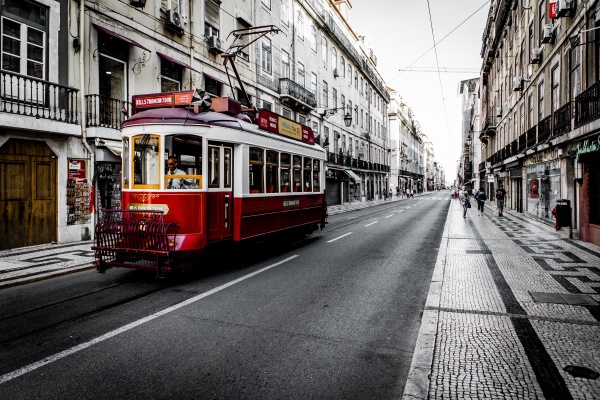
10 hours: riverside west Lisbon
With 10 hours in Lisbon, you can calmly make your way to Belém and back, via a combination of metro and train. Take the subway to Alameda, switch to the green line, and get off at Cais do Sodré. Then take the train (Cascais Line) to Belém. It’s a super time-saving alternative that locals use all the time! Traffic to get to Belém can be chaotic, and we can’t wait to see if someone comes up with an idea for river taxis.
From the train station in Belém, Mosteiro dos Jerónimos is 10 minutes away walking distance, and Torre de Belém is 22. Yes, you can stop at Pastéis de Belém first for fuel. It’s on the way.
After admiring these masterpieces of Manueline architecture, you can choose to make your way back to the city center on foot, by bike, or by train. The bike lane is over four miles long, riverside. Walking or cycling back is a great way to see the shift from grand gardens and palaces by the river to the industrial, gritty Alcântara, and Cais do Sodré.
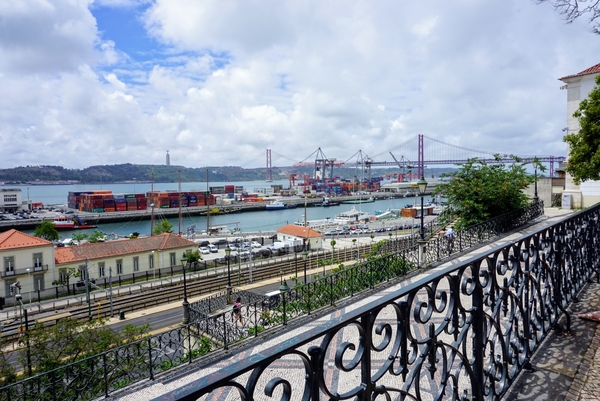
More tips for a layover in Lisbon:
- Get a VivaCard when you reach the airport and top it up with cash or a 24-hour ticket. You’ll need it for the metro, train and funicular.
- As the 2020 European Green Capital, Lisbon is working hard on becoming more sustainable. Not everything will be as postcard-perfect as you imagined, but be patient. Any city is a work in progress.
- As a rule of thumb for every trip: remember that your travel destination is someone’s home.








